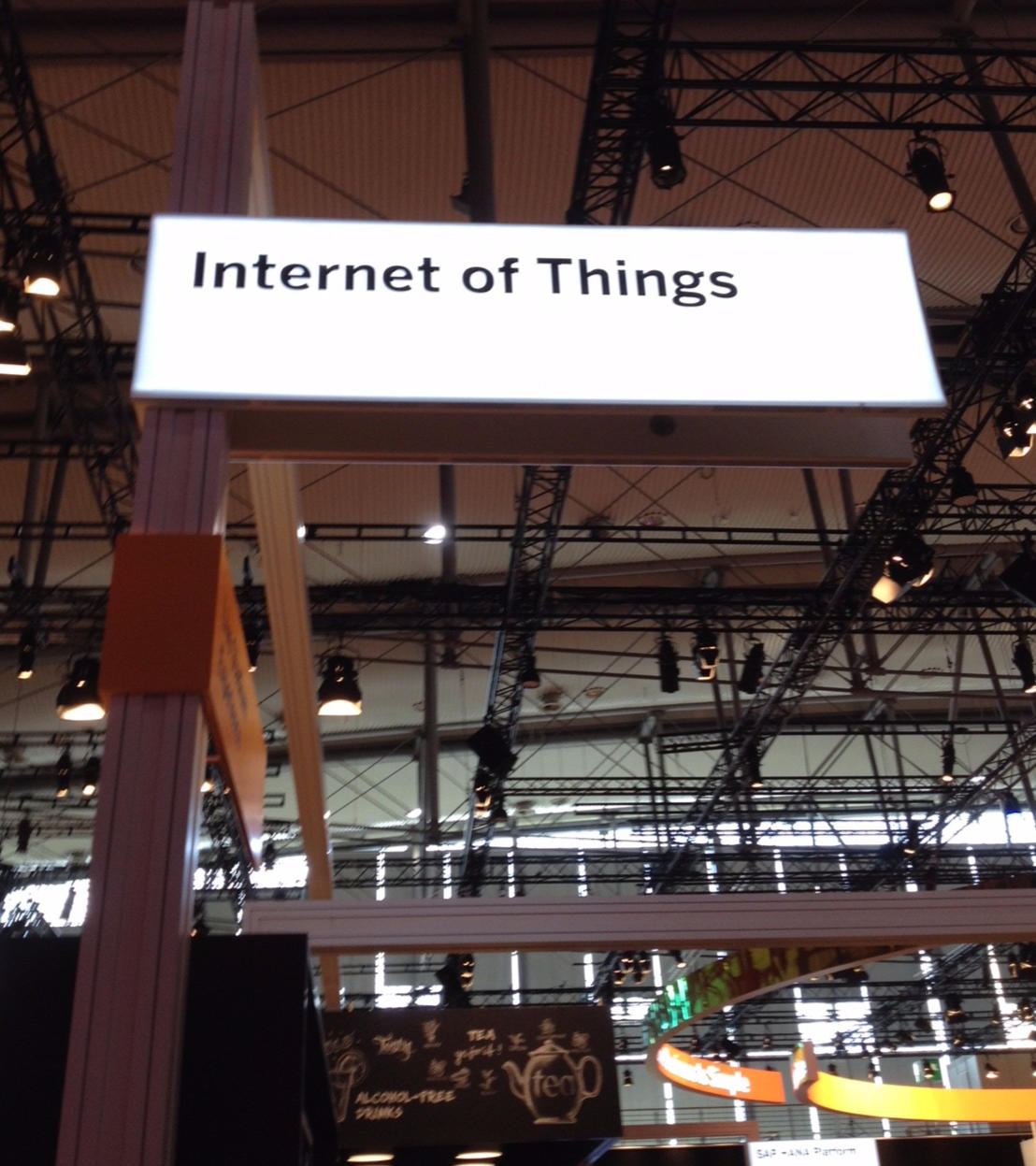Source: insidegnss.com
The European GNSS Agency (GSA) has published a White Paper on “Power-efficient positioning for the Internet of Things,” providing an overview of GNSS technologies that are relevant for low-power IoT applications, including those that require hybridization with other connectivity solutions.
Billions of Internet-connected devices are capable of sensing, communicating, interacting, computing and actuating. By 2022 it is estimated that around 18 billion out of 29 billion connected devices will be related to the IoT. Many applications require or benefit from knowing the location of an individual device. In this context, the White Paper looks at how GNSS-based positioning for the IoT can be made more power-efficient, to meet the needs of this growing market.
GNSS is a viable solution for tracking objects in the IoT world. However, the power consumed by positioning is an important concern. Two basic approaches have emerged to optimize consumption: transmission of pseudoranges for remote position determination, and snapshot techniques. In the former, the power consumption related to determining position is saved by transmitting the measurements to an external facility with no power restrictions. In the latter, the GNSS receiver is only activated for short periods to determine the position.
Combining both approaches will decrease the power consumption even further but, ultimately, the optimal solution will depend on the application in question. “Numerous factors play a role including target accuracy, selected LPWAN, desired battery life, ease of integration, and hardware and implementation cost,” according to the report.
The White Paper also advises applications that require a position accuracy of one meter or less to use a multi-constellation, multi-frequency receiver. “However, as most low-power IoT applications prioritize extending battery life, a multi-constellation single-frequency receiver is sufficient when positioning accuracy of multiple meters is acceptable,” it notes.
The report also states that, when deciding on an energy-efficient GNSS technique, the choice of the terrestrial network limits the possible options, as most solutions rely on external data to determine the position via GNSS.


